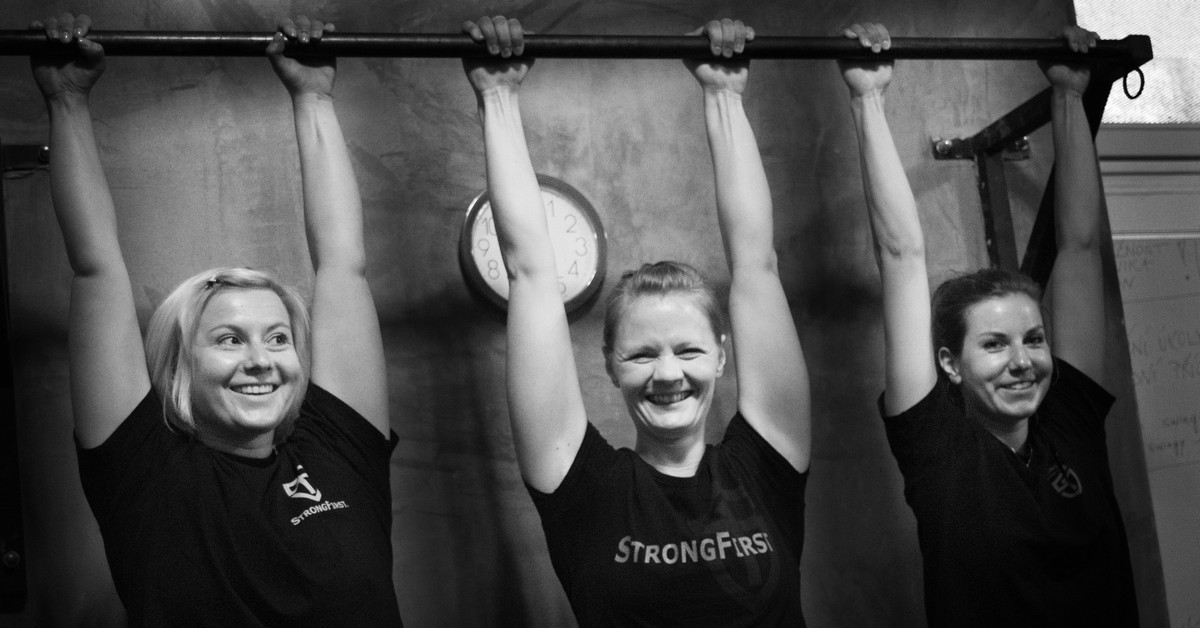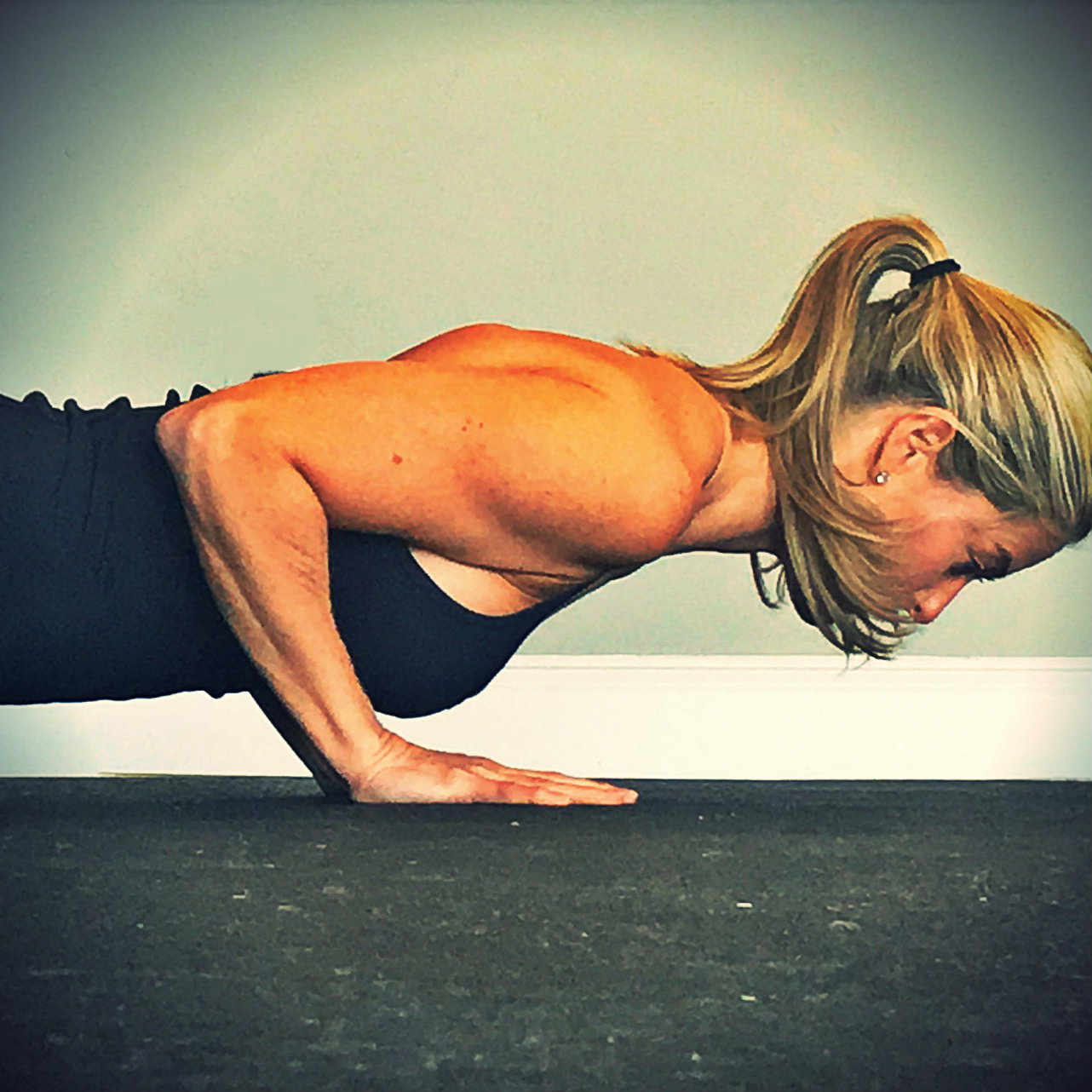bluejeff
Level 7 Valued Member
Allllright, I finally had free time to upload a video to demonstrate. This is concentric-only pushups. The scap stays in place much better, but the front of that shoulder (anterior glenohumeral joint area) feels kind of "pinchy" or like something is being strained when I do this. I don't know if that's linked to the scap, but it tends to be the case.I went back to your very first post and I think you might consider just reworking your push-up positioning and trying to build strength that way, rather than doing everything but push-ups.
As you set up for the push-up, you initially have good scapula positioning, but then you shift your feet and hips and wing the scapula before beginning the set - the scaps stay winged from then on. Can you do any push-ups while the scaps remain "stuck to your back pockets" as they are in this pic?
View attachment 24862
Additionally, I have been doing those prone "swimmers" that I posted pretty much every day, sometimes up to 4-5 sets of 10. They seem to help get the scap in a place where it feels more comfortable afterwards, though it has yet to translate to horizontal pushups.




